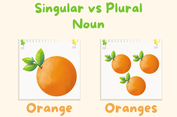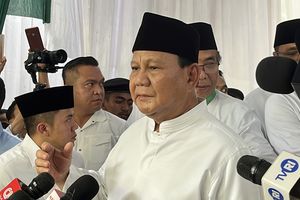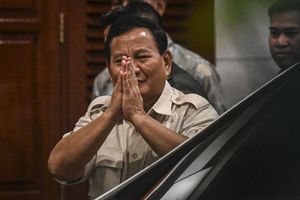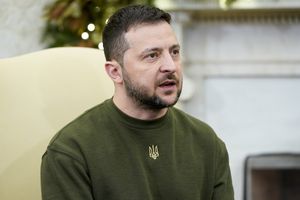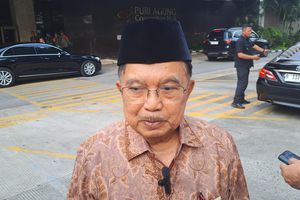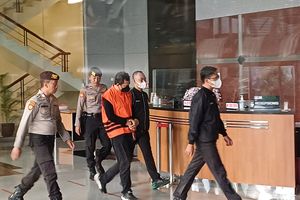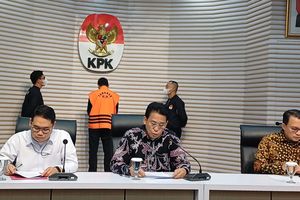
- Conjunction
Conjunction atau kata hubung digunakan untuk menunjukkan kronologi peristiwa atau bagaimana peristiwa satu mengarah ke peristiwa yang lain.
- Action verbs
Penggunaan action verbs bertujuan untuk menunjukkan bahwa orang-orang yang terlibat di dalamnya melakukan sebuah tindakan.
- Adverbs
Adverbs yang biasa digunakan adalah adverb of time (at noon, in the night, in 1945), adverb of place (in Jakarta, at his house), dan adverb of manner (carefully, well).
- Adjectives
Adjectives merupakan kata sifat yang menerangkan noun, contohnya big, small, tall, majestic, long, dan lain-lain.
Baca juga: Descriptive Text: Pengertian, Purpose, dan Structure
Contoh historical recount
Berikut adalah contoh cerita sejarah dalam bahasa Inggris:
History of the Post-Independence Guerrilla War of Indonesia
In order to maintain Indonesia's independence after the proclamation, the fighters did guerrilla warfare. This war is a form of war that is carried out secretly and quickly.
The guerrilla in Yogyakarta occurred in 1948, precisely during the Dutch Military Aggression II. At that time, the guerrilla war was led by General Soedirman.
Yogyakarta at that time became the capital of Indonesia because Jakarta was controlled by the Dutch. The Dutch entered Indonesia, especially Java Island on December 14, 1948.
The Dutch carried out various attacks in Yogyakarta, including an attack at Maguwo Air Base, then an attack on the ground. On 19 December 1948, Yogyakarta was controlled by the Dutch troops and the Indonesian leaders were arrested.
General Soedirman then left Yogyakarta to conduct guerrilla on December 22, 1948.
During the guerrilla, General Soedirman and his troops moved around and crossed rivers, mountains, valleys and forests.
To break the Dutch concentration, Indonesian troops attacked Dutch guarded posts. Due to the quick and sudden strategy, the Dutch troops became overwhelmed.
Due to the Dutch Military Aggression II which made Yogyakarta was unconducive, Sri Sultan Hamengkubuwono IX requested permission from General Soedirman by letter to carry out an attack.
After making plans, in the morning of March 1, 1949, attacks began on a large scale and simultaneous basis in all regions of Indonesia.
The main focus of the attack was carried out in Yogyakarta, the capital of Indonesia at that time. In the morning at 6 o'clock, sirens sounded and attacks were carried out from all over the city.
The Indonesian troops eventually managed…
-
![]()
Advertisement Text: Pengertian, Tujuan, Unsur Kebahasaan, dan Jenisnya
-
![]()
Descriptive Text: Definition, Purpose, dan Structure
-
![]()
Explanation Text: Pengertian, Struktur, dan Contoh
-
![]()
Analytical Exposition Text: Definition, Structure, Language Features
-
![]()
Procedure Text: Pengertian dan Contohnya
-
![]()
Fungsi Caption Text dalam Bahasa Inggris
-
![]()
Narrative Text: Pengertian, Struktur dan Karakteristiknya






































